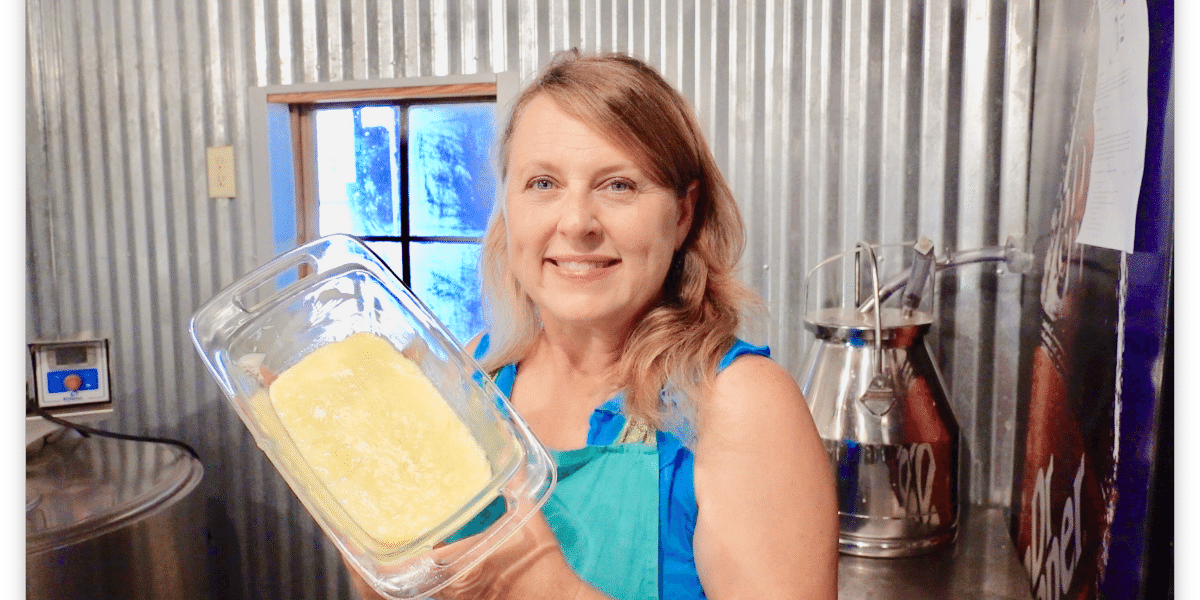Opening the Secrets of Artisanal Cheese Making: A Step-by-Step Do It Yourself Overview
In the realm of cooking workmanship, artisanal cheese making stands as a testament to the fragile balance between custom and innovation. Each step in the procedure, from picking the best milk to improving aging techniques, holds within it a wealth of understanding gave through generations. As we begin on this journey to debunk the art of producing elegant cheeses, we are faced with a tapestry of skills and tricks waiting to be untangled. Join us as we explore the complexities of this ancient craft, where persistence, scientific research, and art converge to produce flavors that tantalize the detects.
Selecting the Right Milk
When beginning on the trip of artisanal cheese production, the choice of milk plays a vital role in determining the high quality and qualities of the last product. The kind of milk chosen influences the flavor, structure, and in general account of the cheese.
Additionally, the source of the milk, whether from cows, goats, sheep, or buffalo, adds distinctive flavors and qualities to the cheese. Each type of milk brings its very own subtleties, allowing for a wide variety of cheese ranges to be crafted based on the picked milk.
Culturing and Coagulating
To initiate the cheese-making procedure, the critical actions of culturing and coagulating must be carefully performed to transform milk into curds and whey. Culturing includes introducing useful germs to the milk, which after that starts the fermentation process. These germs convert lactose (milk sugar) into lactic acid, creating the acidic environment necessary for coagulation. The kind of culture used can significantly impact the taste, appearance, and ripening of the last cheese item.

The timing and temperature control during culturing and coagulation are critical elements that affect the final end result of the cheese. Appropriate implementation of these actions is necessary to guarantee the wanted structure, taste, and consistency of the artisanal cheese being generated.
Draining and Pushing Curds
After the milk proteins have actually coagulated and the curds have been reduced to release whey, the following crucial action in artisanal cheese making involves draining pipes and pushing the curds to accomplish the wanted structure and uniformity of the final cheese product. Draining pipes is the process of navigate to this site dividing the curds from the whey. This can be done by moving the curds into a cheesecloth-lined bowl-shaped sieve or mold and enabling the whey to drain pipes off naturally. The moment for draining pipes can click site vary depending upon the kind of cheese being made and the desired dampness web content.
Pressing helps remove any remaining whey and compacts the curds to form a solid cheese wheel. Proper pushing and draining pipes are critical actions that considerably influence the top quality and features of the artisanal cheese being generated.
Aging and Flavor Methods
Applying precise aging and flavor methods is crucial in enhancing the deepness and intricacy of artisanal cheeses, raising their preference profiles to charming levels of refinement and refinement. Aging plays an important duty in developing the one-of-a-kind tastes and appearances that differentiate artisanal cheeses.
Seasoning strategies also contribute dramatically to the final taste of artisanal cheeses. Cheesemakers might pick to introduce extra tastes by including ingredients such as herbs, flavors, or perhaps fruits into the cheese during the manufacturing procedure. Additionally, some cheeses are washed or scrubed with different fluids, such as salt water or alcohol, to boost their tastes and textures.
Covering and Saving Cheeses

Conclusion
In conclusion, grasping the art of artisanal cheese making entails thoroughly picking the ideal milk, adhering to precise culturing and coagulating processes, draining and pressing curds successfully, and making use of various aging and flavor strategies. Bear in mind to cover and store your cheeses effectively to make sure optimum taste and appearance development.
Each type of milk brings its very own subtleties, permitting for a broad variety of cheese selections to be crafted based on the chosen milk.After the milk healthy proteins have coagulated and the curds have actually been reduced to release whey, the next vital step in artisanal cheese making involves draining pipes and pushing the curds to accomplish the wanted structure and uniformity of the final cheese product. Most cheeses should be covered in wax paper or cheese paper to enable them to breathe while safeguarding them from drying out. For cheeses that require to continue aging, such as bloomy peels or washed peels, ensure they are saved in an amazing setting like a cheese cave or a fridge established to the ideal temperature level. By paying attention to the covering and storage space of artisanal cheeses, cheese makers and lovers can maintain the honesty of these specials and fully appreciate their complicated tastes.
Comments on “How Floridia Cheese Melbourne Sets the Requirement for Regional Cheese Makers”